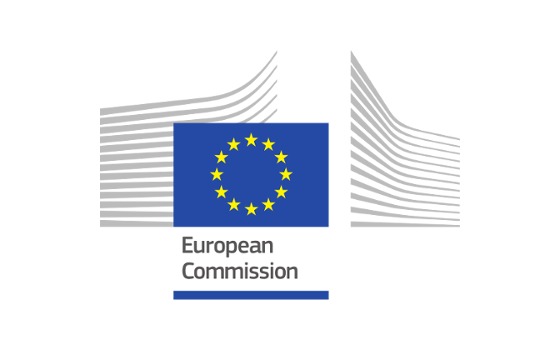 The successful exploration of new foundations for radically new future technologies requires supporting a large set of early stage, high risk visionary science and technology projects to investigate new ideas. Here agile, risk-friendly and highly interdisciplinary research approaches are needed with collaborations that are open to all sciences and disciplines and that dissolve the traditional boundaries between them. The renewal of ideas is complemented by the renewal of actors taking these new ideas forward. Therefore, this topic encourages the driving role of new high-potential actors in research and innovation, such as excellent young, both female and male, researchers and high-tech SMEs that may become the scientific and industrial leaders of the future.
The successful exploration of new foundations for radically new future technologies requires supporting a large set of early stage, high risk visionary science and technology projects to investigate new ideas. Here agile, risk-friendly and highly interdisciplinary research approaches are needed with collaborations that are open to all sciences and disciplines and that dissolve the traditional boundaries between them. The renewal of ideas is complemented by the renewal of actors taking these new ideas forward. Therefore, this topic encourages the driving role of new high-potential actors in research and innovation, such as excellent young, both female and male, researchers and high-tech SMEs that may become the scientific and industrial leaders of the future.
This topic supports the early stages of research to establish a new technological possibility. Proposals are sought for collaborative research with all of the following characteristics ('FET gatekeepers'):
- Long-term vision: the research proposed must address a new and radical long-term vision of a science- and technology-enabled future that is far beyond the state of the art and not currently foreseen by technology roadmaps.
- Breakthrough scientific and technological target: research must target a scientifically ambitious and technologically concrete breakthrough, argued to be a crucial step towards achieving the long-term vision. The plausibility of the proposed breakthrough(s) to be attained within the life-time of the project must be argued in the proposal.
- Novelty: the research proposed for achieving the breakthrough must be based on cutting-edge knowledge, new ideas and concepts, rather than in the mere application or incremental refinement of existing ones.
- Foundational: the breakthroughs that are envisaged must be foundational in the sense that, if achieved, they would establish an essential basis for a new kind of technology and its future uses, not currently anticipated.
- High-risk: the inherently high risk of the research proposed will be reflected in a flexible but effective methodology for exploring alternative directions and options, supported by open and agile research and innovation practices.
- Interdisciplinary: the proposed collaborations are expected to go beyond 'waterfall' configurations in multi-disciplinary science- and technology research. Instead they should seek new solutions through genuine exchanges, mutual learning, cross-fertilisation and synergistic advances among distant disciplines in order to open unexplored areas of investigation and new directions for joint research.
The Commission considers that proposals requesting a contribution from the EU of up to EUR 3 million would allow this specific challenge to be addressed appropriately. Nonetheless, this does not preclude submission and selection of proposals requesting other amounts.
Deadline Model: multiple cut-off
Cut-off dates:
11 May 2016 17:00:00
17 January 2017 17:00:00
27 September 2017 17:00:00
Type of action: RIA Research and Innovation action.
For topic conditions, documents and submission service, please visit:
http://ec.europa.eu/research/participants/portal/desktop/en/opportunities/h2020/topics/fetopen-01-2016-2017.html
PS: Find your partners or consortia preparing a project proposal
If you are working on Horizon 2020 research project proposals and you would be interested in a SME partner from Germany, please contact us, we are happy to share our experience, expertise and knowledge. If you need help to identify a potential partner with particular competences, facilities or experience, please join and explore our project, (HEALTH IT) SPACE, at www.healthitspace.eu.